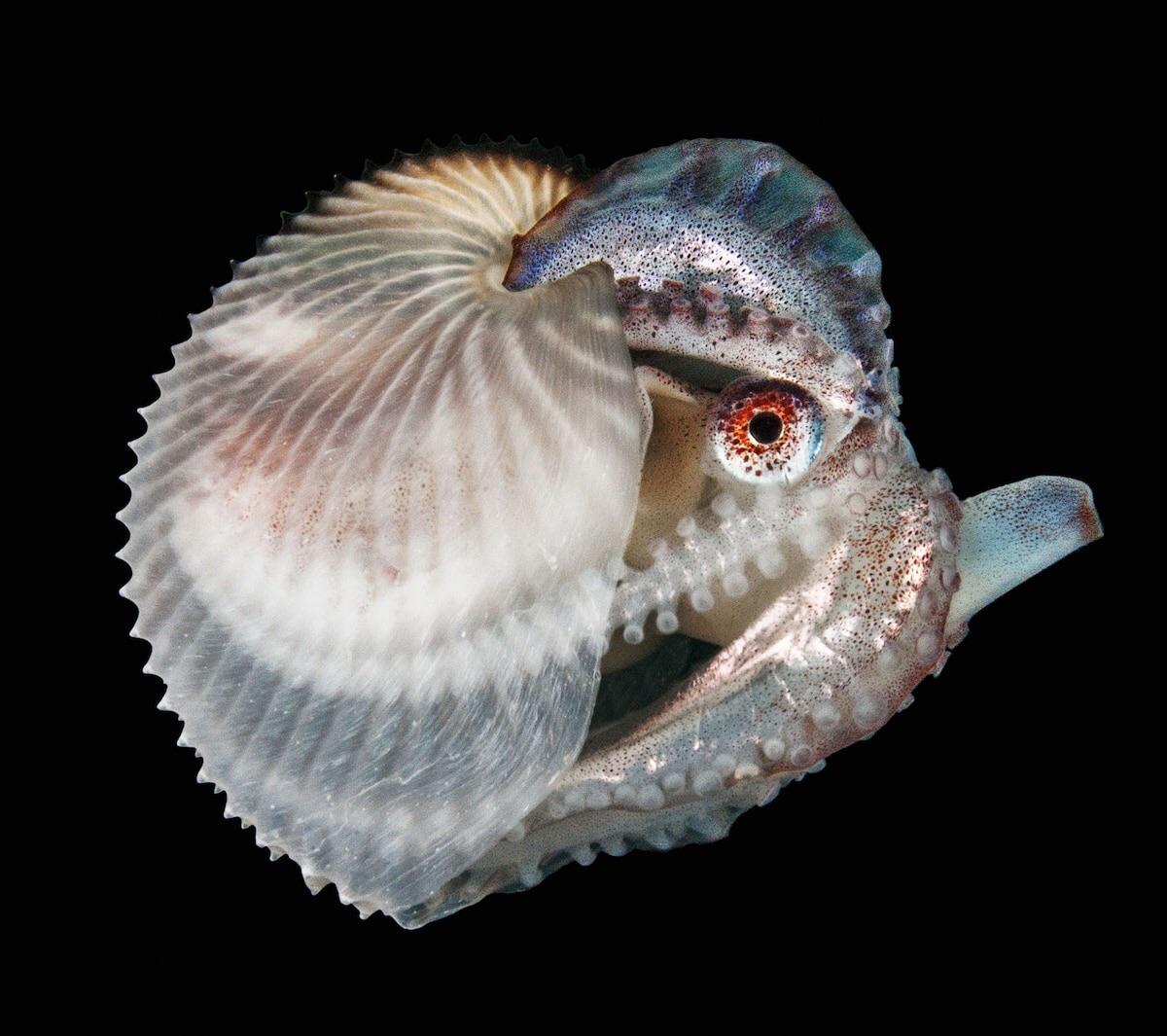
“Unveiling the Yellowhead Jawfish: A Mothbrooding Marvel Beneath the Waves”
The Yellowhead Jawfish (Opistognathus aurifrons) is one of the most fascinating marine creatures, celebrated for its vibrant appearance, unique behavior, and ecological role. Found primarily in the shallow waters of the Caribbean Sea, this fish is a favorite among marine biologists, aquarium enthusiasts, and divers. Here’s a deep dive into the world of the Yellowhead Jawfish.
Physical Characteristics
The Yellowhead Jawfish is a visually striking species, easily identified by its distinct coloring:
- Head and Upper Body: Its head is a vivid yellow that gradually fades into a bluish-white body. This gradient makes it stand out in its natural habitat.
- Size: Typically, they grow to a length of 3–4 inches (7.5–10 cm), making them relatively small.
- Eyes: Large, protruding eyes help the fish detect predators and prey in its environment.
Natural Habitat
- Geographic Range: Yellowhead Jawfish are found in the warm, tropical waters of the Caribbean Sea, Bahamas, and parts of the western Atlantic Ocean.
- Preferred Environment: They thrive in sandy or rubble-filled substrates in shallow waters, typically at depths of 10 to 40 feet (3–12 meters).
- Burrow-Dwellers: These fish are burrow-builders, constructing tunnels in the sand where they spend most of their time. They use their mouths to carry and arrange substrate materials like small rocks and shells.
Unique Behaviors
The Yellowhead Jawfish has several fascinating behaviors that make it unique among marine species:
- Burrowing and Home Maintenance:
They constantly maintain and expand their burrows, which act as a safe haven from predators and strong currents. Using their mouths, they move sand, pebbles, and debris with remarkable precision. - Hovering in the Water Column:
During the day, they hover just above their burrows, scanning for food or potential threats. Their vertical hovering posture is iconic and often seen by divers. - Mouthbrooding:
One of their most distinctive traits is their reproductive strategy. Male Yellowhead Jawfish are mouthbrooders, meaning they incubate eggs in their mouths for up to 9 days until they hatch. This unique behavior protects the eggs from predators and environmental hazards. - Alert Nature:
These fish are highly vigilant and retreat quickly into their burrows at the slightest sign of danger. Their cautious nature helps them survive in the open sandy environments where hiding spots are limited.
Diet and Feeding Habits
Yellowhead Jawfish are carnivores, feeding primarily on small plankton, copepods, and other tiny organisms found in the water column. They are opportunistic feeders, snatching food as it drifts by while hovering near their burrows.
Role in the Ecosystem
Yellowhead Jawfish play an important ecological role in their environment:
- Sediment Turnover: Their burrowing activities help aerate and mix the sandy substrate, promoting nutrient cycling in the ecosystem.
- Prey and Predator: They are both predators of small organisms and prey for larger fish, contributing to the marine food web’s balance.
Yellowhead Jawfish in Aquariums
These fish are popular in the saltwater aquarium trade due to their bright colors and intriguing behaviors. However, they require specific care to thrive:
- Tank Setup: A deep sandy substrate (at least 4 inches) is essential for them to build burrows. Live rock can also be added for stability and enrichment.
- Water Parameters: They require stable conditions with a temperature of 72–78°F (22–26°C), a pH of 8.1–8.4, and salinity levels of 1.020–1.025 SG.
- Diet in Captivity: In aquariums, they can be fed a diet of mysis shrimp, brine shrimp, and other small meaty foods.
Caution: Yellowhead Jawfish are prone to stress if their environment is not suitable, so they are best kept in peaceful tanks with no aggressive tank mates.
Interesting Facts
- Gender-Specific Behavior: While both sexes maintain burrows, males are the primary caregivers, incubating eggs in their mouths until they hatch.
- Burrow Depth: Their burrows can be surprisingly deep, often exceeding their body length.
- Lifespan: In the wild, they live for about 2–3 years, but with proper care, they can live longer in captivity.
Conservation Status
The Yellowhead Jawfish is not currently listed as threatened or endangered. However, habitat degradation, overfishing, and the aquarium trade can pose risks to wild populations. Sustainable collection practices and habitat protection are critical to preserving this species.
Why They Fascinate Us
The Yellowhead Jawfish is more than just a beautiful fish. Its captivating behaviors, such as mouthbrooding and burrow-building, demonstrate the incredible adaptability of marine life. Whether in the wild or in aquariums, these fish never fail to amaze observers with their unique way of life.
Final Thoughts
The Yellowhead Jawfish is a gem of the ocean, blending beauty with fascinating behaviors. Whether you’re a diver exploring Caribbean reefs or an aquarium enthusiast, this little fish has much to offer. By learning about and respecting their needs, we can ensure these delightful creatures continue to thrive both in the wild and in captivity.









1 comment